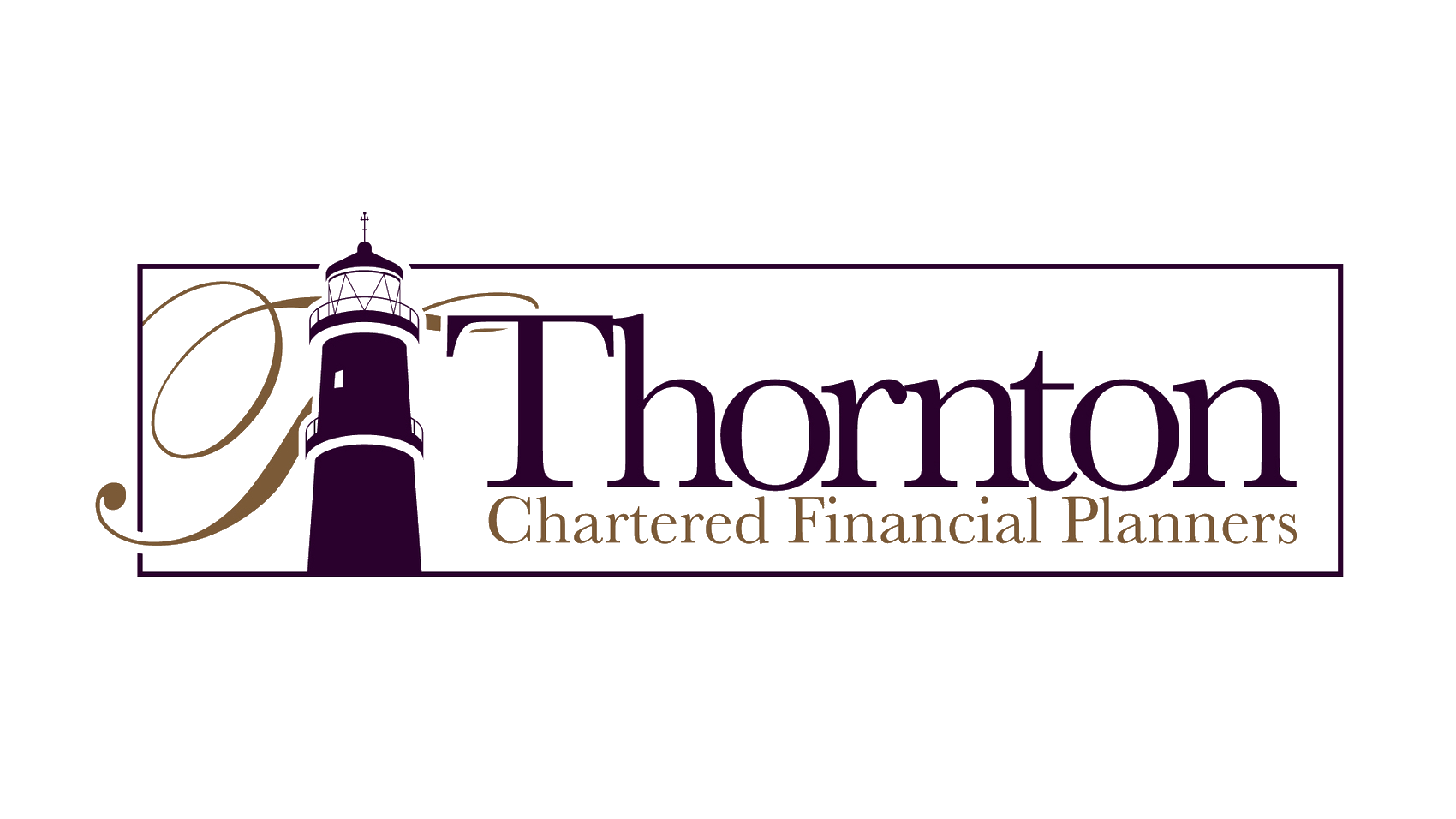We are starting 2021 with purpose, hosting our first breakfast seminar in conjunction with Hotchkiss Associates.
Tax & investment considerations for new and long-term Isle of Man residents is free to attend; reserve your seat by confirming your attendance to mail@thorntonfs.com or call 660220.
In anticipation of this valuable seminar, we hope you enjoy our series of technical articles written by Paul Hotchkiss of Hotchkiss Associates.
This week Paul covers UK tax residence.
Back in 2013, the old ‘90 day’ rule was replaced by the clearer, but perhaps complex statutory residence test – just in time for my tax exam and yes, I’m still bitter about it!
As you will read, residence can be complicated, especially where a person does not clearly meet one of the initial residence tests.
Professional assistance from experts such as Hotchkiss and Thornton can prevent any unnecessary issues.
—
UK Tax residence
We all recognise the importance of regular escapes to visit friends and family and having regular shopping and cultural breaks to the UK and further afield.
Manx residents in this position have likely been familiar in the past with the concept of day counting to ensure they did not inadvertently become UK resident under the old ’90 day’ rule.
Surprisingly, many clients still refer to this, but it has gone!
What may not be so well known is that from 6 April 2013, the UK’s statutory residence test (SRT) replaced the old day counting rules.
The upside is that the sometimes vague collection of principles that had arisen from case law, HMRC guidance and practice which did not really give certainty have been replaced by a clear if a complex set of rules, resulting in certainty as to an individual’s UK residence status.
The downside of the SRT is, unfortunately, that it is complicated, and in some cases, a person’s residence status can only be determined at the end of a tax year.
To determine an individual’s residence status, it is first necessary to look at the automatic residence and non-residence tests.
If an individual does not fall within these, then it is necessary to decide if an individual is a ‘Leaver’ (UK resident in any of the last three tax years) or an ‘Arriver’ (someone who was not). Residence status is then determined by looking at the number of ties the individual has to the UK and the number of days spent in the UK in a tax year.
Examples of ‘ties’ include having a spouse or minor child resident in the UK, or accommodation available in the UK for 91 days or more in a tax year, and spending one night there.
A note of caution is that there are SRT specific definitions, and the meaning of words should not be assumed – for example, a specific hotel room used regularly can fit the SRT definition of accommodation available to an individual, something which might perhaps not be assumed otherwise.
The good news is that the SRT does give some clear, absolute rules on which can be relied upon.
‘Arrivers’ can spend 45 days in the UK whatever their circumstances without being resident; for ‘Leavers’ this is reduced to 15 days.
Conversely, any individual spending 183 days or more in the UK in a tax year will be resident. Those individuals falling between these two extremes regularly visiting the UK may want to consider talking to someone about their UK residence position.
A new double tax agreement has been negotiated between the UK and IOM to replace the old agreement, the bulk of which dates from 1955.
The new agreement contains a residence tie-breaker clause, based on the OECD standard text. This means that if an individual becomes UK tax resident inadvertently and remains IOM resident, the treaty should cause them to be solely resident on the Island depending on the circumstances.
—
Here at Thornton, we will work with you to ensure your pensions, investments and other assets are structured and managed in the most effective way to help you achieve your lifestyle and financial objectives.
We can help determine the most tax-efficient order in which to access your financial assets in retirement. This maximises your ability to live the lifestyle you want for as long as possible.
Our ability to bring your future to life, using our planning software, can make your financial outlook easier to comprehend and assist when making decisions along the way.
The ability to ‘fast-forward’ through time to view the likely results of each of your options is a very valuable tool indeed; all while giving you the freedom to spend your time wherever you want to be.


